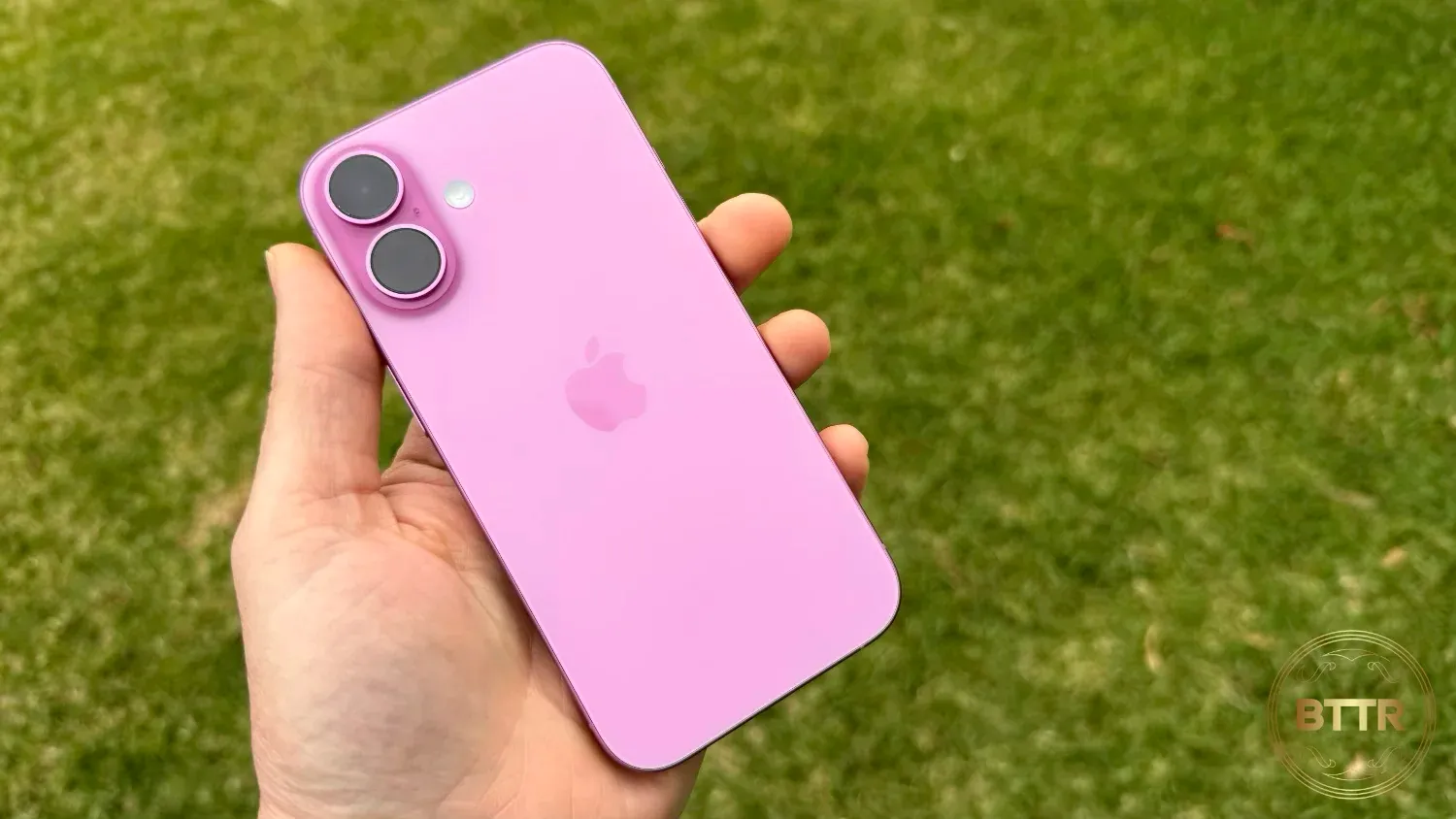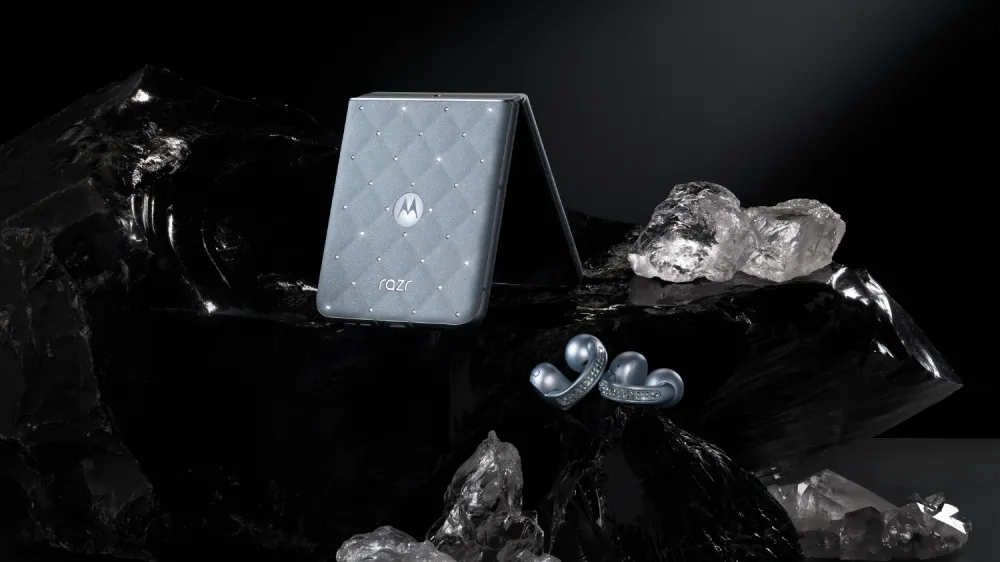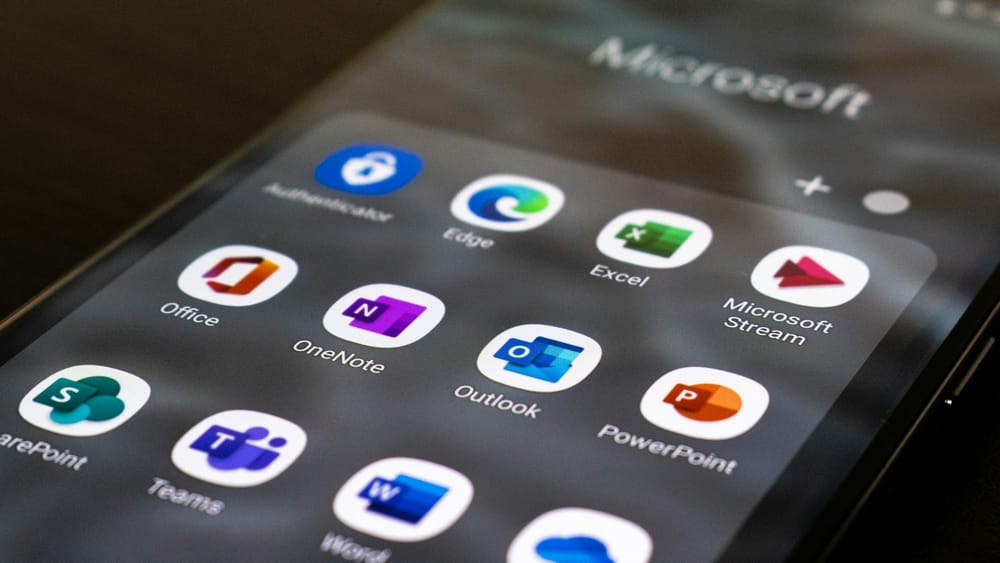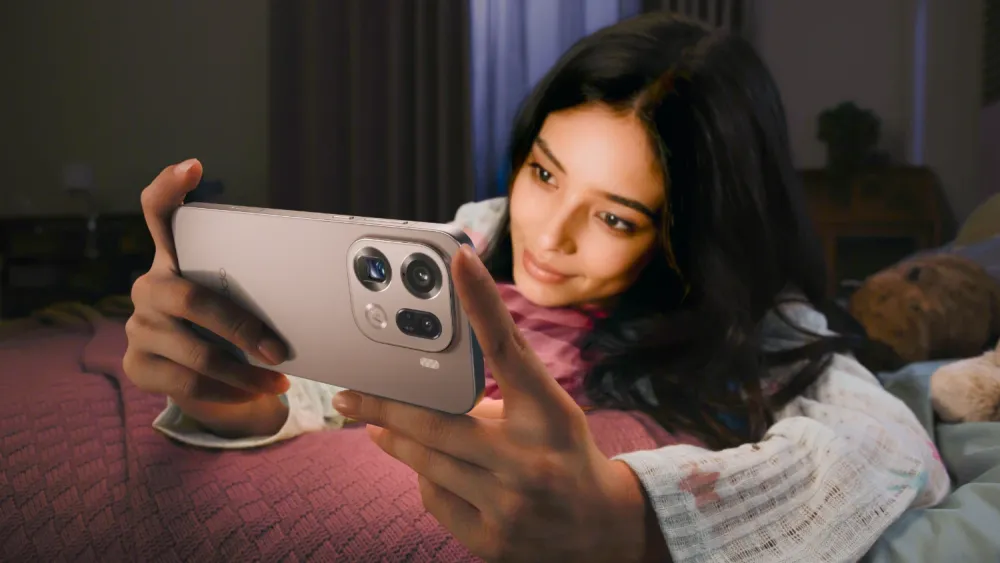BTTR is independent, but we may earn money when you purchase through links on our site.
Pros
- Really powerful
- Solid cameras
- Fantastic colours
Cons
- 60Hz screen feels purposefully low-spec
- Camera control button need some refinement
- Apple Intelligence not here yet
🛒 Where to buy Apple
Available from these trusted retailers:












BTTR is independent, but we may earn money when you purchase through links on our site. This helps us cover costs and continue providing honest reviews. Find out why you should trust us.
From a specs' perspective, the iPhone 16 Pro is clearly a better smartphone than the iPhone 16. It has an extra camera, a more powerful processor and a better display.
But after a few weeks using the iPhone 16 and the iPhone 16 Pro Max side by side, it’s become clear that the difference isn’t as obvious as in previous generations.
Unlike last year, the iPhone 16 comes with the Action button first seen on last year’s Pro models, as well as the new camera control button found on this year’s Pro models.
In fact, the 16 delivers an experience close enough to last year’s iPhone 15 Pro to negate the difference, all while costing $400 less than the iPhone 16 Pro.
Of course, that may all change once Apple Intelligence actually arrives and pushes the iPhone 16 to its processing limits. But for now, the iPhone 16 is my pick of this year’s iPhone models.
If you’ve been sitting on the fence, the grass is looking greener on the iPhone 16’s side.
What is the iPhone 16 offering?
The base model iPhone is the iPhone for the masses. It’s the cheapest (if you exclude the pretty outdated iPhone SE) and it comes in a range of colours, including a pretty spectacular pink colour this year.
The iPhone 16’s Super Retina XDR OLED screen measures in at 6.1-inches on the diagonal, with a resolution of 2556 × 1179 pixels. It supports the Dynamic Island notification bar, HDR playback and 2000 peak nits maximum brightness outdoors.
The screen’s refresh rate is only 60Hz, compared to the variable refresh rate on the Pro models.
Rated IP68 for dust and water resistance, the iPhone 16 is robustly built. It has the latest generation of Ceramic Shield on the front of the phone to help protect the phone if you accidentally drop it, though you should probably still pop a case on it.
Inside the phone, you get the new A18 chip, compared to the A18 Pro found in the iPhone 16 Pro models. I’ll dive into performance a bit later, but know that the A18 outperforms last year’s A17 Pro chip from a benchmarking perspective.
On the camera front, Apple has packed in a pair of cameras on the back of the phone, realigned into a side-by-side orientation that allows for spatial video capture for the Apple Vision Pro.
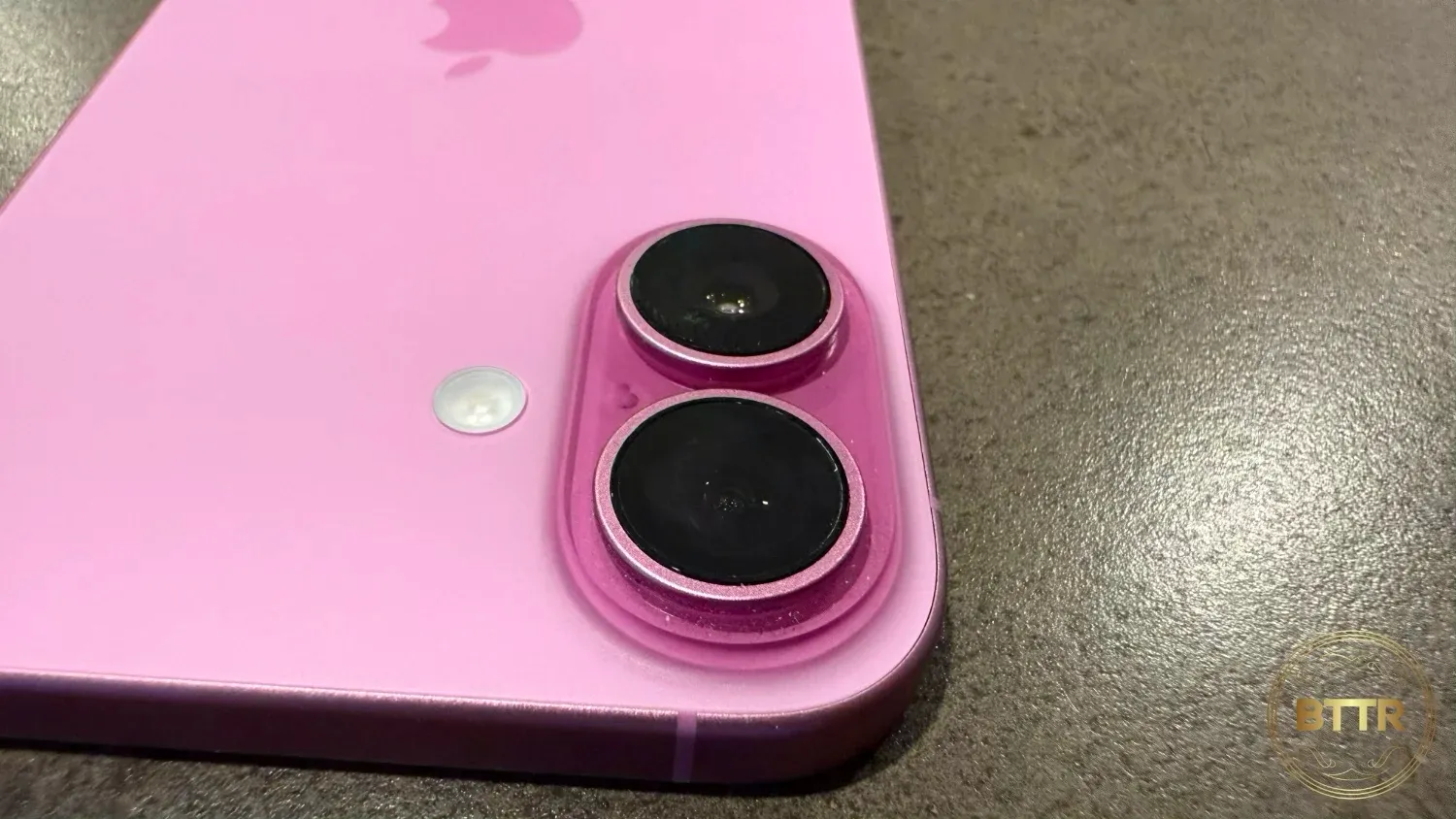
The main lens is a 48MP Fusion camera offering an f/1.6 aperture and support for high-resolution pics, plus 12MP telephoto shots by cropping in.
The second lens is a 12MP ultra-wide, with an f/2.2 aperture and a 120º field of view.
Like the iPhone 16 Pro Max, you get a dedicated camera control button on the side of the phone that lets you quickly take photos, as well as cycle through some of the phone’s camera settings.
And on the other side of the phone is the Action button first seen in last year’s 15 Pro.
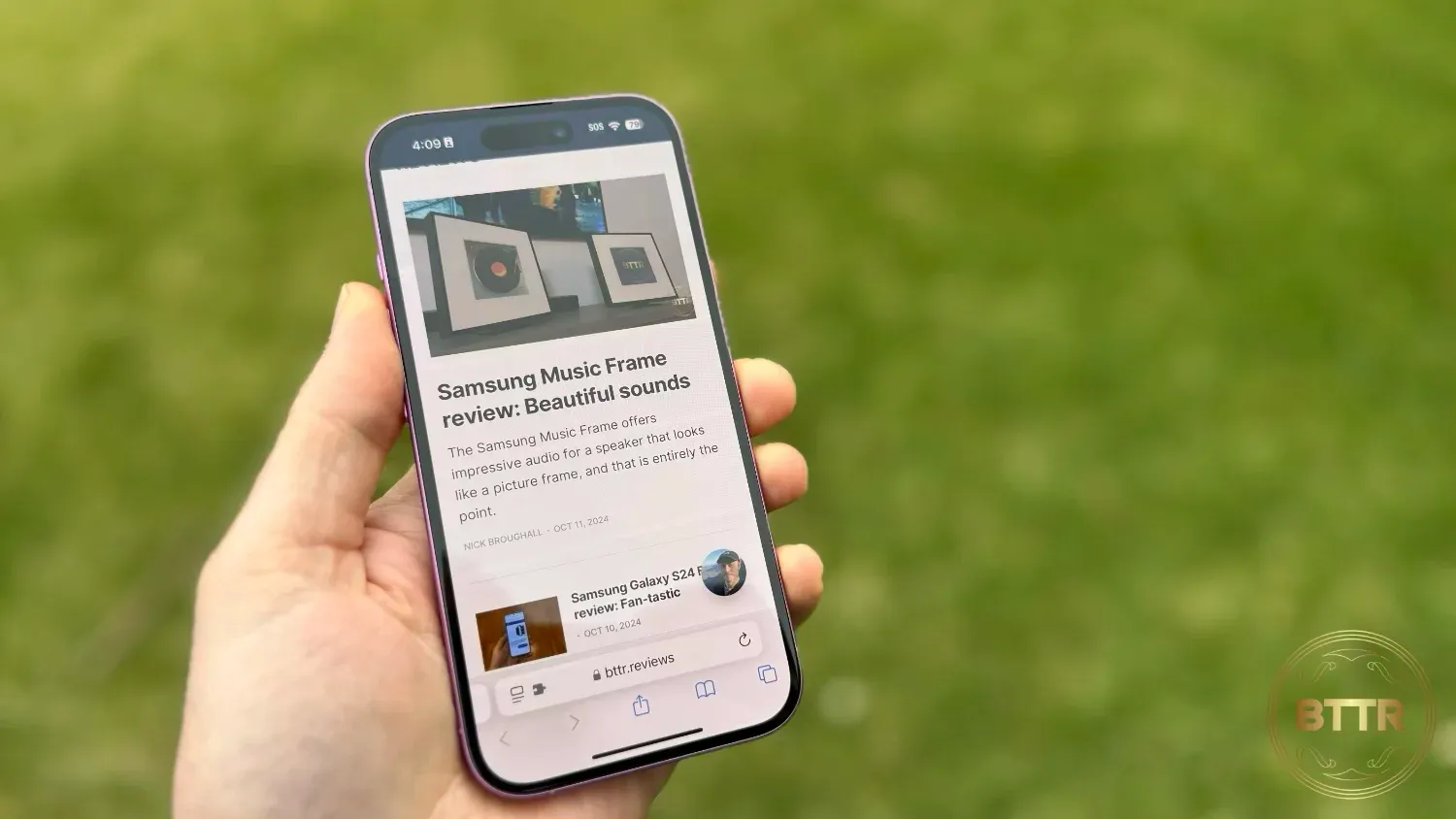
What does the iPhone 16 do well?
If you take a brief look at the benchmark scores for the iPhone 16 and the iPhone 16 Pro Max, you can see that the most significant difference in performance for the two models is in the GPU performance.
But you can also see that the A18 chip in the iPhone 16 outperforms last year’s iPhone 15 Pro across the board, and shows a big jump up over last year’s iPhone 15 Plus.
This makes sense when you factor in the impending arrival of Apple Intelligence. Apple sold the AI functionality at its launch event, but so far, it has only been available for beta iOS testers.
Once it launches, the iPhone 16 is probably going to need that extra performance to perform all those AI tasks. But until then, it means that the iPhone 16’s performance is spectacular.
It does everything you can ask of it, from intense mobile gaming, to mobile video editing and the subsequent social media scrolling.
Battery life is solid, getting you through a full day with no real concerns. Apple also added support for Qi2 with the iPhone 16, as well as faster 25W MagSafe charging.
Nice cameras
The iPhone 16 has a twin camera system, with a side-by-side orientation specifically designed for recording spatial video.
I haven’t got the Vision Pro lying around, so I can’t say I spent too much time playing around with this mode. But for those who did happen to spend all their money on Apple’s expensive headset, it’s good to know you can make content for it on the cheapest iPhone 16 model.
Fortunately, even without spatial, the cameras are great. The iPhone 16 offers the same level of tone and style control as the Pro model, and the addition of the camera control button means you can quickly activate the camera.
Because the 16 is a bit smaller than the 16 Pro Max, I found the position of the camera shutter to be easier to reach as well.
The image quality is bright and vibrant, with good colour and plenty of detail.
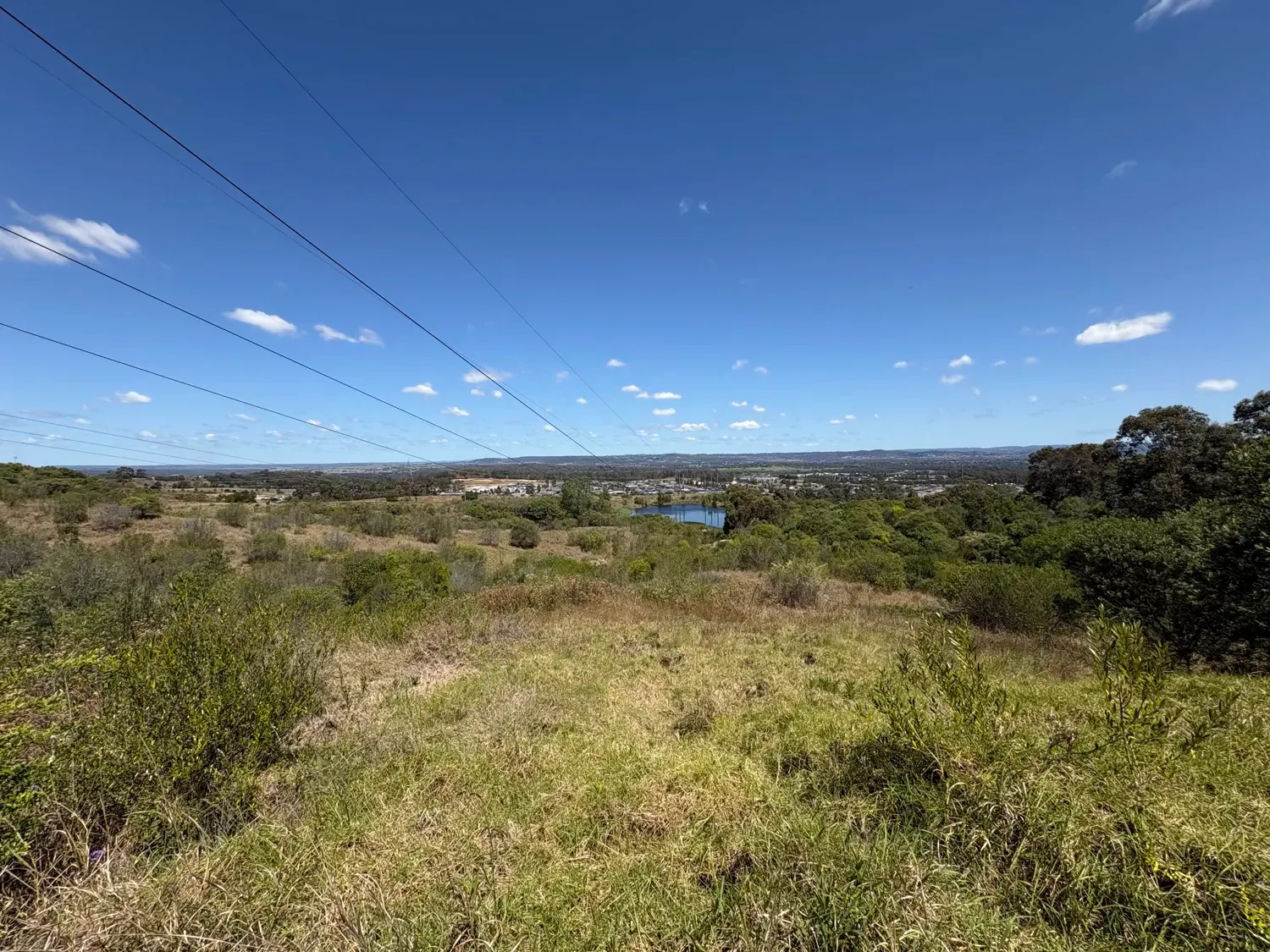
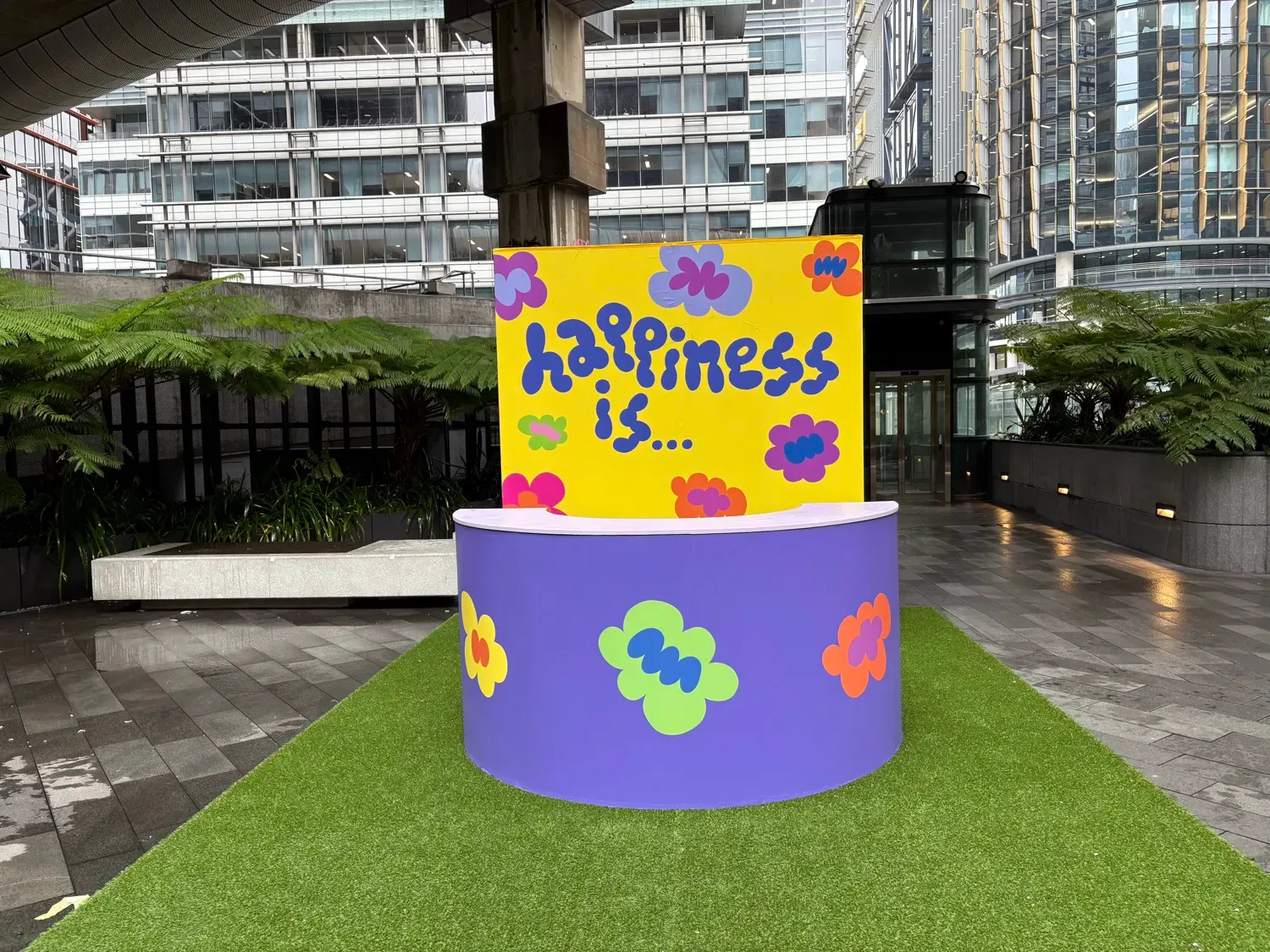







What could the iPhone 16 improve?
Look, Apple could add more features in here to make the iPhone 16 more like the iPhone 16 Pro. But failing that, the iPhone 16 nails just about everything it tries to do.
If I have to be picky, the 60Hz refresh rate feels like a bit of a step-down compared to comparative models. The S24 FE I just finished reviewing has 120Hz support, so Apple holding this for the Pro phone seems like Apple is doing it to help make the Pro models seem more Pro.
The camera control button also feels like it’s not quite there yet. I love the idea, but I want a half press to autofocus for me, rather than let me cycle through settings.
Even after weeks of using the button on this and the 16 Pro Max, I still expect the camera to focus when I half press, instead of changing the zoom.
We know Apple has said it will add this functionality in the future, though, so I believe it’s a bit nit-picky.
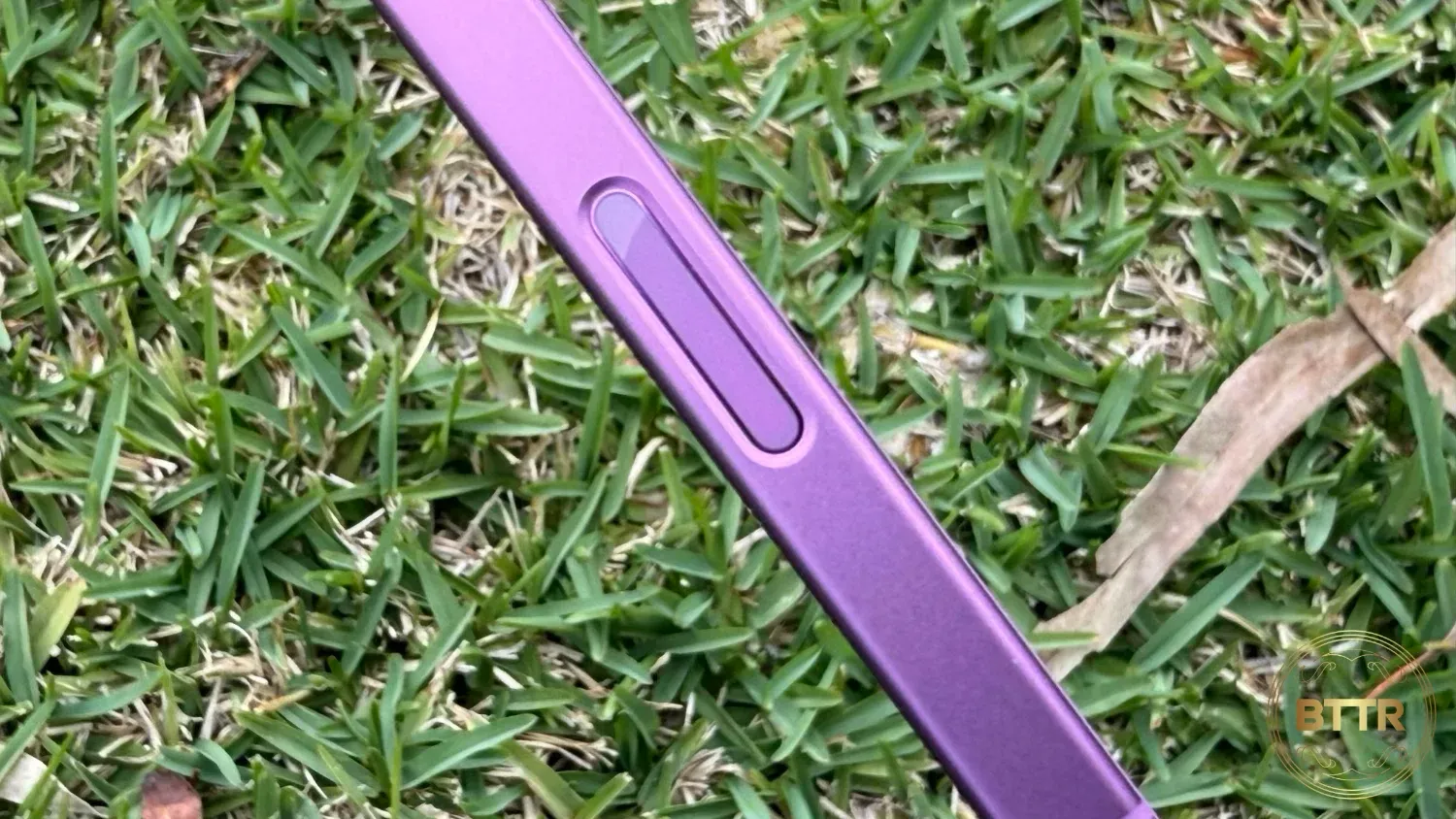
Finally, it’s a bit remiss to not call out Apple marketing the phone on Apple Intelligence, yet not launching the service with the phone. I’m not too fussed personally, but it has the potential to thoroughly change the review when it launches, so it seems like a misstep from Cupertino.
Verdict
For me, the $400 price difference between the entry-level iPhone 16 and the cheapest 16 Pro is huge. And this year it fells like the value has landed on the base-unit side of the decision.
Chances are you know whether you want the iPhone 16 or the 16 Pro already, but if you’ve been sitting on the fence, then the iPhone 16 is the model to pick in my opinion.
You get performance a bit better than last year’s 15 Pro, yet with a lighter body and a range of colours. You may lose a camera, but it’s not a massive loss.
With the addition of the Action button, the camera control button and the impending arrival of Apple Intelligence, there’s not enough of a reason to buy the Pro model unless you need to the extra camera for content creation in a professional capacity.
Buy the Apple iPhone 16 online
🛒 Where to buy Apple
Available from these trusted retailers:












BTTR is independent, but we may earn money when you purchase through links on our site. This helps us cover costs and continue providing honest reviews. Find out why you should trust us.

